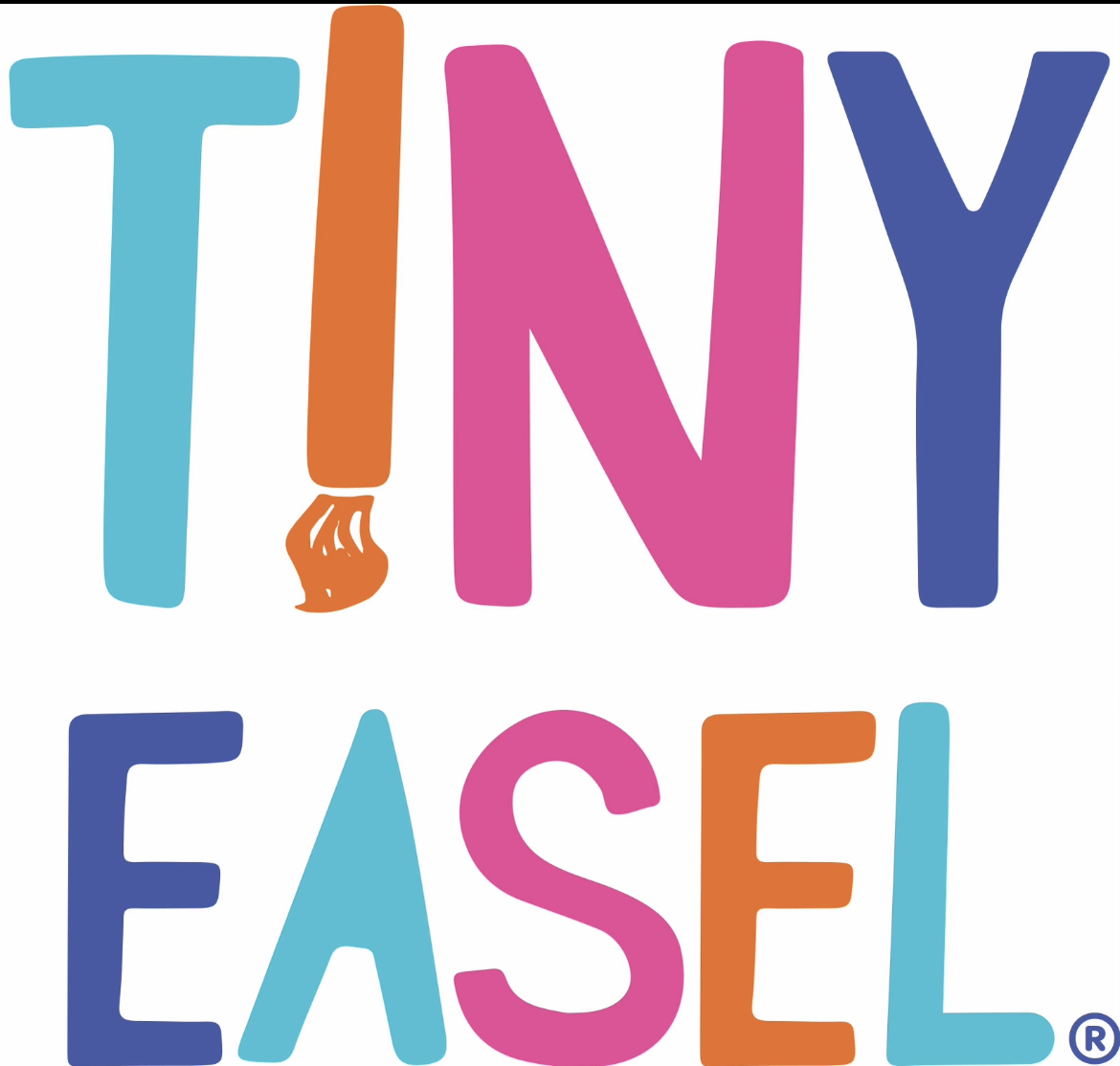Dreaming of a beautiful garden doesn’t have to come with an intimidating price tag. With some smart planning and creativity, it’s entirely possible to cultivate a vibrant, flourishing space without spending a fortune. Whether you have a small backyard or a spacious plot, growing a stunning garden on a budget is achievable if you make thoughtful choices and get a little crafty. This guide will help you take your first steps towards transforming your space into a garden oasis while keeping your expenses in check.
Start with a Plan
Before buying seeds, tools, or plants, it’s important to take some time to plan your garden. A solid plan will help you avoid overspending on things you don’t need and ensure that you get the most out of every dollar. Start by sketching out your garden space, considering factors like sunlight, soil conditions, and water availability. Decide which areas you want to prioritize—maybe a vegetable patch, flower beds, or a small herb garden. Knowing what you want in advance will help you buy exactly what you need, reducing unnecessary purchases.
It’s also a good idea to create a list of plants you want to grow. Choose plants that will thrive in your climate and space—this will save you money in the long run by avoiding wasted effort and resources on plants that won’t survive. Native plants are usually a budget-friendly choice because they require less maintenance and adapt well to local conditions.
Grow from Seeds or Cuttings
One of the most cost-effective ways to start your garden is to grow plants from seeds. A single packet of seeds is often far cheaper than buying fully-grown plants, and it allows you to grow many more plants for a fraction of the cost. Start seeds indoors during the cooler months so they’re ready to plant once the weather is right. Growing from seeds requires a little more patience, but it’s incredibly rewarding and will save you a lot of money.
If you have friends or neighbors who garden, consider asking for cuttings of their plants. Many plants, such as succulents, lavender, or mint, grow well from cuttings. You can propagate these cuttings at no cost, and sharing plants builds community connections, which adds to the joy of gardening. If you’re just getting started, don’t hesitate to trade cuttings with others or check online local gardening groups where people often give away extras for free.
Look for Free or Inexpensive Tools
Gardening tools can add up in cost, but they don’t have to. Instead of buying new tools, look for second-hand options at yard sales, thrift stores, or online marketplaces. Often, people sell gardening tools that are in perfectly good condition for a fraction of the original price. You may even find some tools being given away for free.
If you need specialized tools that you won’t use frequently, consider borrowing them. Check if there’s a tool library or a community garden in your area that allows people to borrow gardening equipment. Sharing tools is an excellent way to cut costs while still getting what you need to maintain your garden.
DIY Garden Beds and Containers
Raised garden beds and pots can be pricey, but with a little creativity, you can create your own. Upcycling old items can be a fantastic way to save money and reduce waste. Wooden pallets, for instance, can be turned into raised garden beds. You can also use items like old tires, buckets, or even broken wheelbarrows as garden containers. Just ensure that whatever you use is safe for planting—avoid anything that might have been treated with harmful chemicals.
Container gardening is ideal for small spaces, and you can get creative with your container choices. Old barrels, crates, or even tin cans can be turned into charming planters. Repurposing items you already have not only saves money but also gives your garden a unique, personal touch.
Compost for Free Fertilizer
Fertilizers and soil amendments can be a major expense for gardeners, but you can make your own nutrient-rich compost at home for free. Composting is easy and helps reduce food waste. Simply use kitchen scraps like fruit peels, vegetable leftovers, coffee grounds, and eggshells, along with yard waste like grass clippings and dried leaves. Over time, these materials will break down into a rich compost that will improve your soil quality and help your plants thrive.
If you don’t have enough organic waste to make your own compost, reach out to neighbors or friends. Many people are happy to contribute their scraps if they know it’s going to good use. Composting not only saves money on fertilizer, but it’s also great for the environment.
Choose Perennials and Self-Seeding Plants
Perennials are a great investment for budget-conscious gardeners. Unlike annuals, which need to be replanted every year, perennials come back year after year, saving you money and effort. Look for hardy perennials that are well-suited to your region, as they require less maintenance and have a longer lifespan.
Another great way to keep costs down is to choose self-seeding plants. These plants will drop seeds at the end of the growing season, which will germinate the following year without any extra cost or effort on your part. Flowers like calendula, poppies, and cosmos are excellent self-seeders that will continue to fill your garden with color year after year.
Make Your Own Mulch
Mulch helps retain moisture in the soil, suppress weeds, and improve soil fertility, but store-bought mulch can be expensive. Instead, you can make your own mulch using materials readily available in your yard. Grass clippings, shredded leaves, and pine needles all make excellent mulching materials. Wood chips from trimmed branches or logs are also great for mulching paths and flower beds.
By using what’s already available to you, you can keep your garden costs low while still giving your plants the nutrients and care they need. Homemade mulch is just as effective as store-bought varieties and keeps your garden eco-friendly.
Collect and Reuse Water
Watering can be one of the largest expenses in maintaining a garden, especially during the hot summer months. To save money, consider collecting rainwater to use in your garden. You can easily set up a rain barrel to capture water from your roof, which can then be used to hydrate your plants. Rainwater is naturally soft and free from chemicals often found in tap water, making it ideal for gardening.
Another way to save on water is by using water wisely. Water your garden early in the morning or late in the evening to minimize evaporation. Use a soaker hose or drip irrigation system to deliver water directly to the roots, where it’s needed most. This helps reduce water waste and ensures your plants get the most benefit from every drop.
Create a Budget-Friendly Pathway
Adding pathways to your garden can create a more organized and visually appealing space, but buying paving stones can get expensive. Instead, use inexpensive materials like gravel, wood chips, or even stepping stones made from recycled materials. You could also create a natural-looking path by laying down flat stones that you collect yourself. Simple pathways can help define your garden’s layout and make it easier to access all areas without damaging plants.
Take Advantage of Sales and Swaps
Garden centers often have sales at the end of the growing season, where you can buy plants, tools, and seeds at a fraction of the cost. Keep an eye out for clearance sales or discount sections, as you can often find perfectly good plants that just need a little extra care to bounce back.
Seed and plant swaps are another great way to grow your garden without spending much money. Many communities hold events where gardeners can exchange seeds, cuttings, and plants. These swaps are a wonderful way to acquire new varieties without spending any money, and they also give you a chance to meet other gardeners and share knowledge.
Get Creative with Garden Decor
Garden decorations don’t have to be expensive. You can add charm and character to your garden by repurposing items you already have. Old furniture, like a worn-out chair, can be repainted and used as a plant stand. Mason jars can be turned into lanterns for soft evening lighting. Even broken pots can be repurposed into quirky planters or fairy gardens. The key is to think creatively and find new uses for old items, turning your garden into a personalized reflection of your style.
Patience Pays Off
Gardening on a budget is all about patience and persistence. Plants need time to grow, and sometimes the most rewarding results come from the simplest and least expensive efforts. Embrace the gradual process, knowing that with each season, your garden will become fuller and more beautiful.
Avoid the temptation to buy everything all at once—a garden is something that evolves over time. Start with what you have and build slowly. The satisfaction of nurturing a plant from seed, seeing it grow, and enjoying its beauty is unmatched, and it’s a joy that doesn’t have to come with a hefty price tag.
Creating a beautiful garden on a budget is not only possible but also incredibly rewarding. With a little ingenuity and resourcefulness, you can transform your space into a vibrant haven without overspending. Gardening is about the love of nature and the joy of watching things grow, not about how much money you spend. So grab your tools, find some seeds, and start building your own budget-friendly garden—your little patch of paradise awaits.








